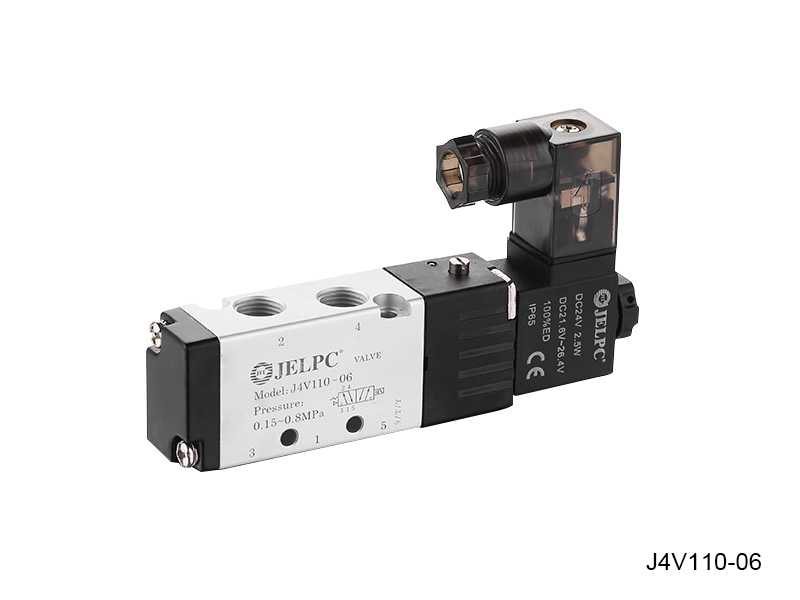How many methods are there to detect the quality of sol […]
How many methods are there to detect the quality of solenoid valves?

Methods to detect the quality of solenoid valves:
First energize the solenoid valve with the controlled medium (pressurized liquid, gas <air>, the pressure value is the middle value of the solenoid valve pressure range), and then energize the solenoid valve coil, if the controlled medium changes from on to off Or the state change from off to on, then the solenoid valve is good, otherwise there is a problem.
Common faults of solenoid valves:
1. Coil short circuit or open circuit:
Detection method: first use a multimeter to measure its on-off. The resistance is close to zero or infinity, which means that the coil is short-circuited or open. If the resistance measured is normal (about tens of ohms), it still does not mean that the coil must be good (I once measured a solenoid valve coil with a resistance of about 50 ohms, but the solenoid valve could not work. After replacing the coil, everything is normal. ), please carry out the following final test: find a small screwdriver and put it near the metal rod in the solenoid valve coil, and then energize the solenoid valve. If magnetism is felt, then the solenoid valve coil is good, otherwise it is bad .
Solution: Replace the solenoid valve coil.
2. There is a problem with the plug/socket:
Trouble phenomenon: If the solenoid valve has a plug/socket, there may be a problem with the metal reed of the socket (the author has encountered it), wiring problems on the plug (such as connecting the power cord to the grounding wire), etc. The reason cannot be sent to the coil. It is best to develop a habit: screw on the fixing screw after the plug is inserted into the socket, and screw the fixing nut on the coil after the valve core rod.
If the plug of the solenoid valve coil is equipped with a light-emitting diode power indicator, it must be connected when the solenoid valve is driven by a DC power supply, otherwise the indicator will not light up. In addition, do not exchange the power plugs with LED power indications of different voltage levels. This will cause the LEDs to be burned/the power supply (replace the plug with a low voltage level) to short-circuit or the light-emitting diodes are very weak (switch to High-voltage plug).
If there is no power indicator light, the solenoid valve coil does not need to distinguish the polarity (unlike the transistor time relay whose coil voltage is DC and the intermediate relay whose coil voltage is DC with a diode/resistor leakage loop connected in parallel. Most of the original small Japan>, need to distinguish the polarity).
Treatment method: correct wiring errors, repair or replace plugs and sockets.
3. Spool problem:
Trouble phenomenon 1: When the pressure of the medium through the solenoid valve is normal, press the red manual button of the solenoid valve, and the solenoid valve has no response (the pressure medium does not change on and off), indicating that the spool must be broken.
Treatment method: check whether there is a problem with the medium, such as whether there is a lot of water in the compressed air (sometimes the oil-water separator does not play a big role, especially when the pipeline design is poor, the compressed air to the solenoid valve will have a lot of accumulation Water), whether there are many impurities in the liquid medium. Then remove the water or impurities in the solenoid valve and pipeline. If it doesn't work anymore, please repair it if you have the time and patience and if necessary) or replace the spool, or simply replace the entire solenoid valve.
Fault phenomenon 2: After inspection, the coil is the original coil and the magnetism is normal when the coil is energized, but the solenoid valve still does not operate (the function of the solenoid valve manual button may be normal at this time), indicating that the spool is broken.
Solution: Please repair or replace the valve core, or simply replace the entire solenoid valve.